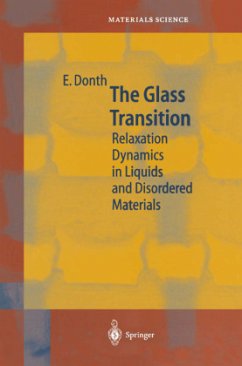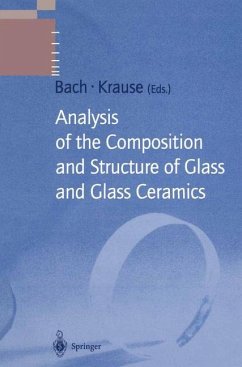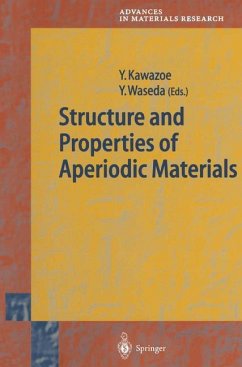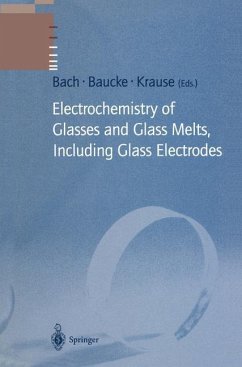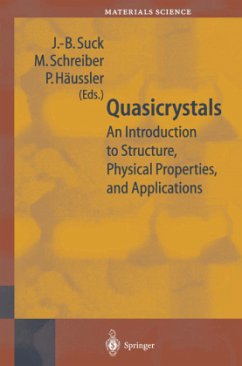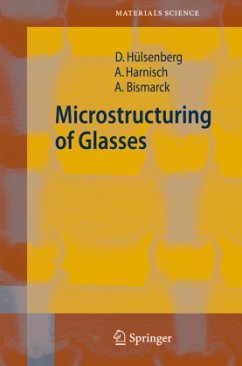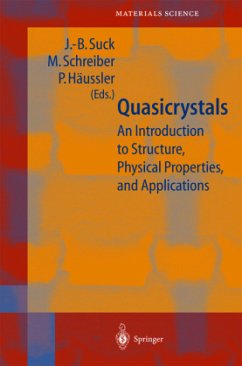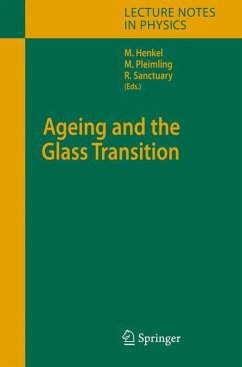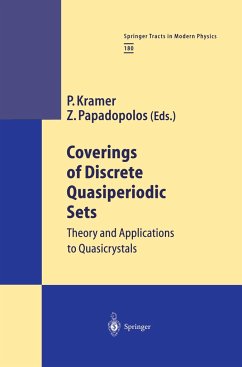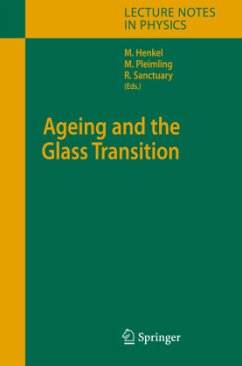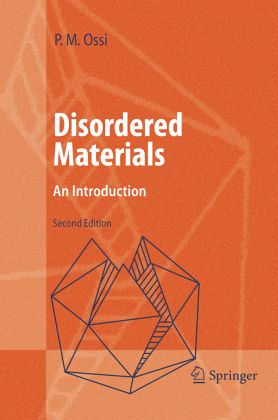
Disordered Materials
An Introduction

PAYBACK Punkte
38 °P sammeln!
The teaching of solid state physics essentially concerns focusing on crystals and their properties. We study crystals and their properties because of the simple and elegant results obtained from the analysis of a spatially periodic system; this is why the analysis can be made considering a small set of atoms that represent the whole system of many particles. In contrast to the formal neat approach to crystals, the study of str- turally disordered condensed systems is somewhat complicated and often leads to relatively imprecise results, not to mention the experimental and computational e?ort in...
The teaching of solid state physics essentially concerns focusing on crystals and their properties. We study crystals and their properties because of the simple and elegant results obtained from the analysis of a spatially periodic system; this is why the analysis can be made considering a small set of atoms that represent the whole system of many particles. In contrast to the formal neat approach to crystals, the study of str- turally disordered condensed systems is somewhat complicated and often leads to relatively imprecise results, not to mention the experimental and computational e?ort involved. As such, almost all university textbooks, - cluding the advanced course books, only brie?y touch on the physics of am- phous systems. In any case, both the fundamental aspect and the ever wider industrial applications have given structurally disordered matter a role that should not be overlooked. The study of amorphous solids and their structure, stability and properties is a vibrantresearch branch; it is di?cult to imagine how any physicist, chemist or engineer who has to deal with materials could possibly ignore this class of systems. The author of Disordered Matter - an Introduction uses this course book atthePolitecnicoinMilan,Italy.Collectingthematerialforthecourseproved no mean task, leading him to have to prepare ad hoc didactic material. The continualexchangebetweenteacherandstudenthasledtothepresentversion of the book.





